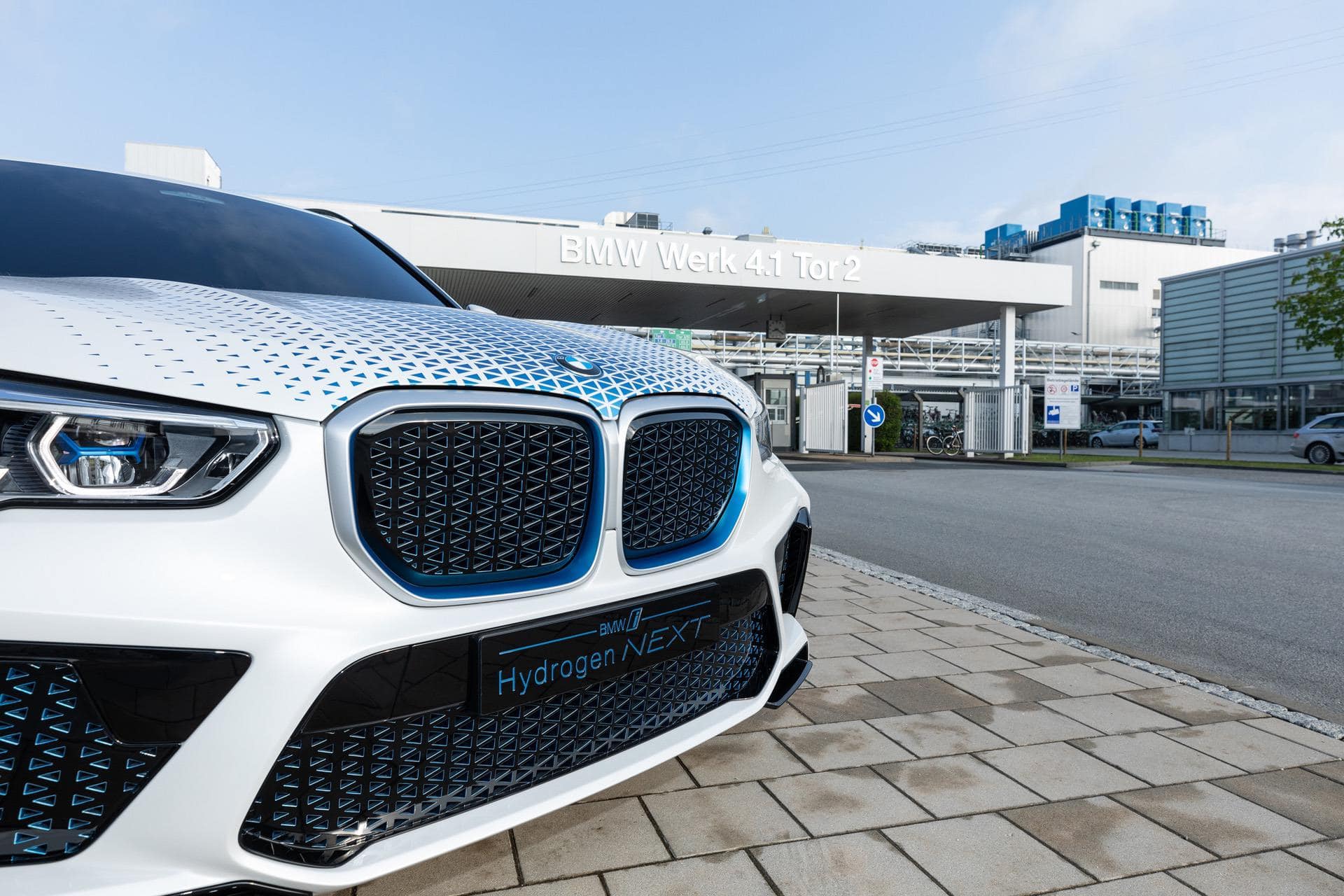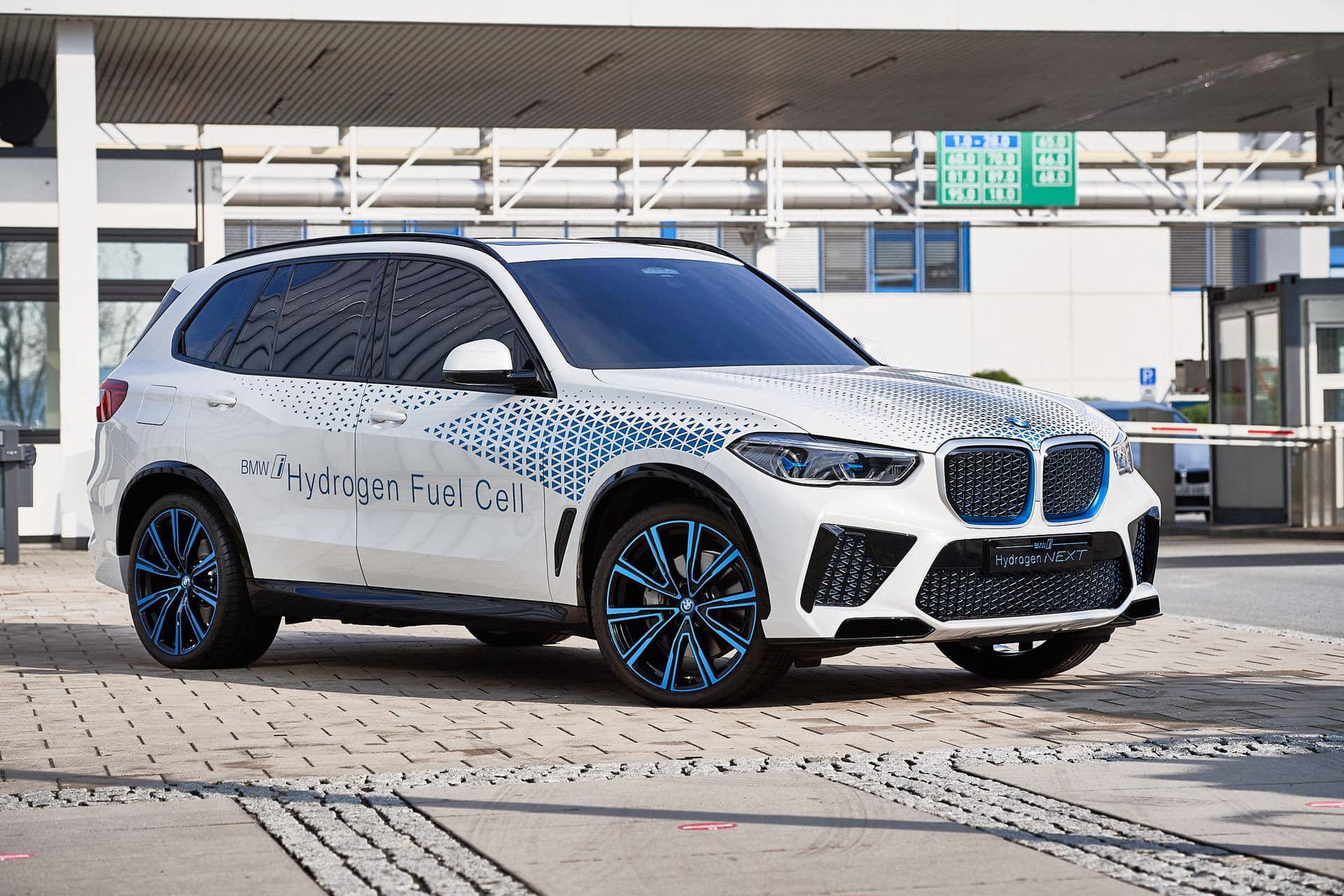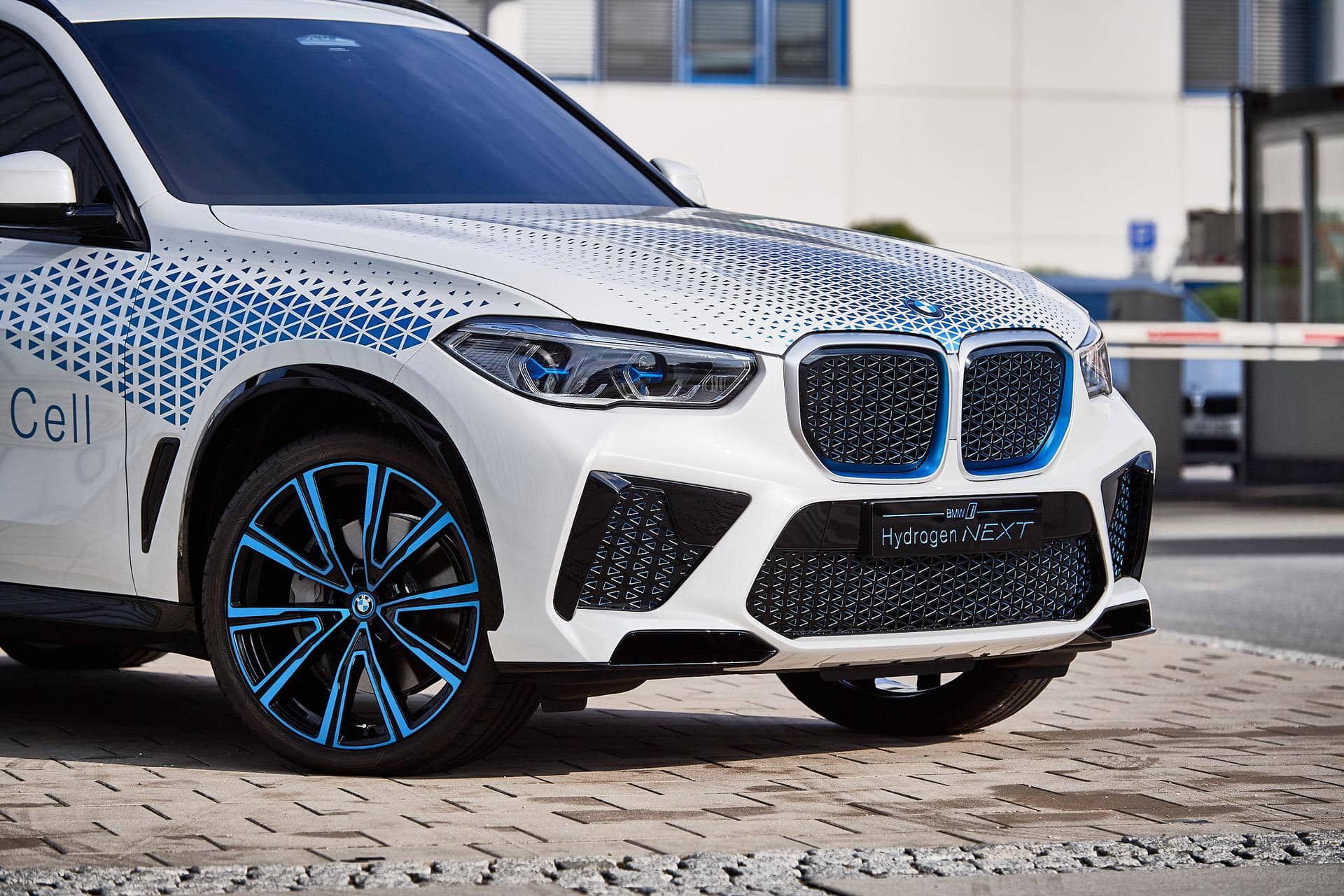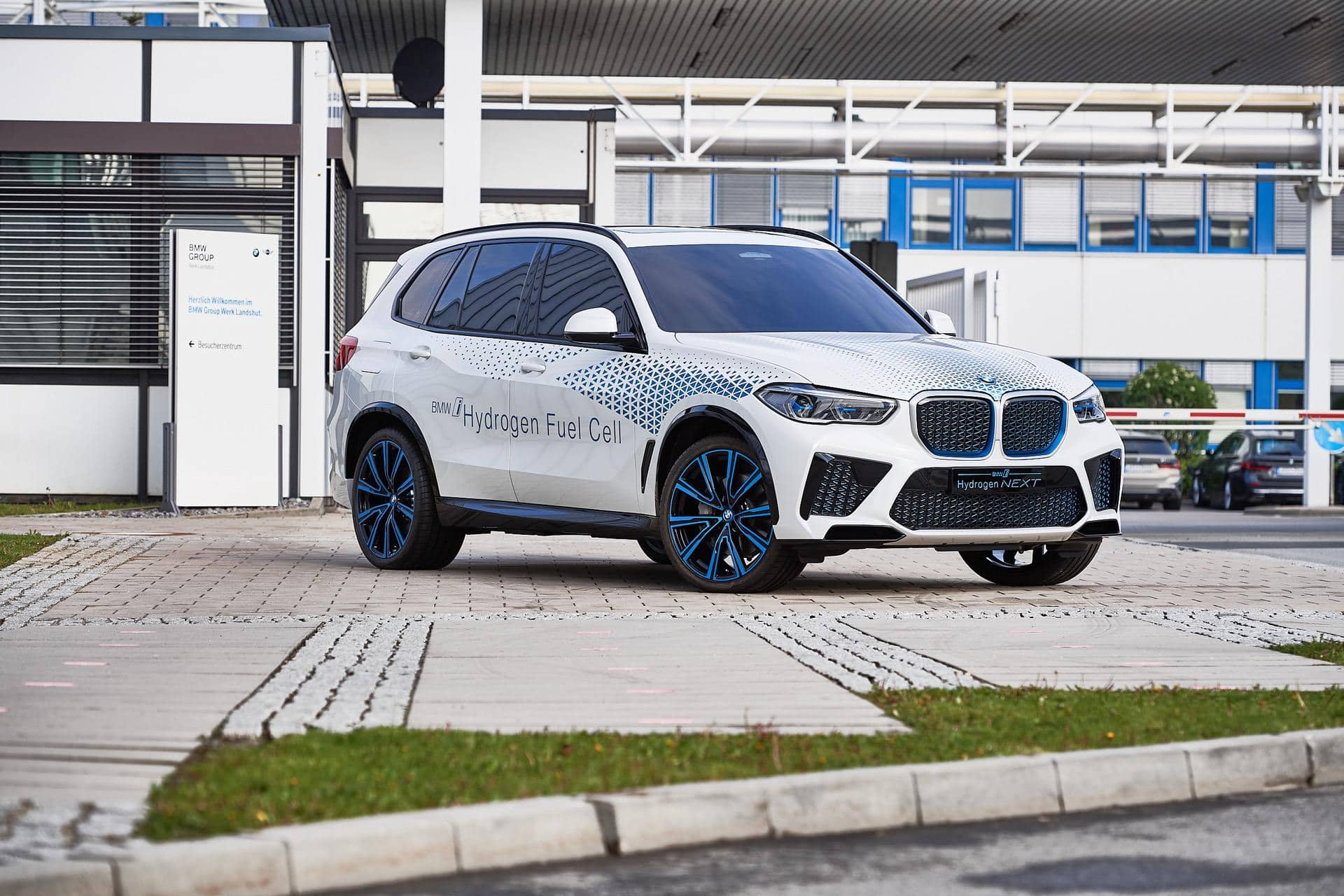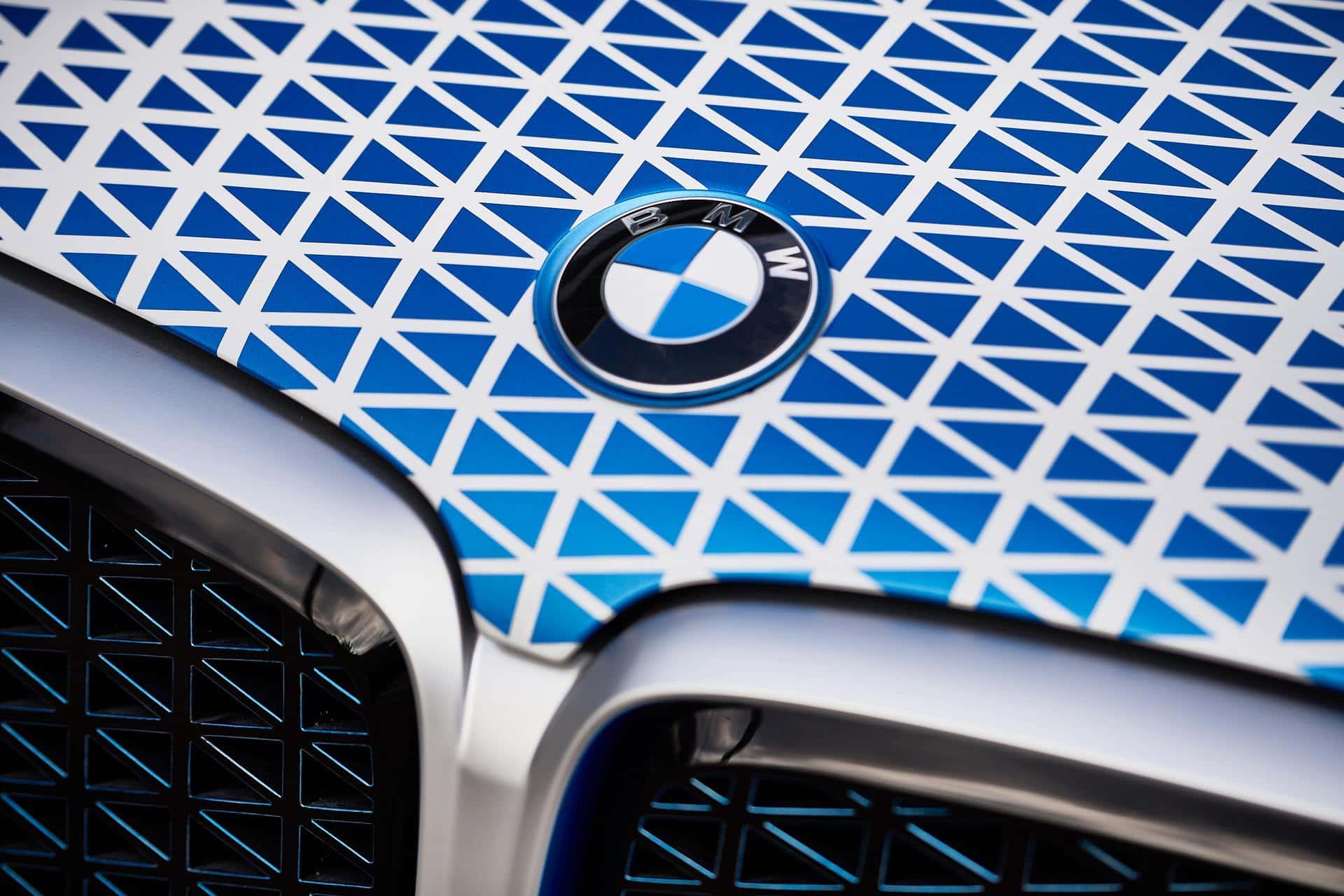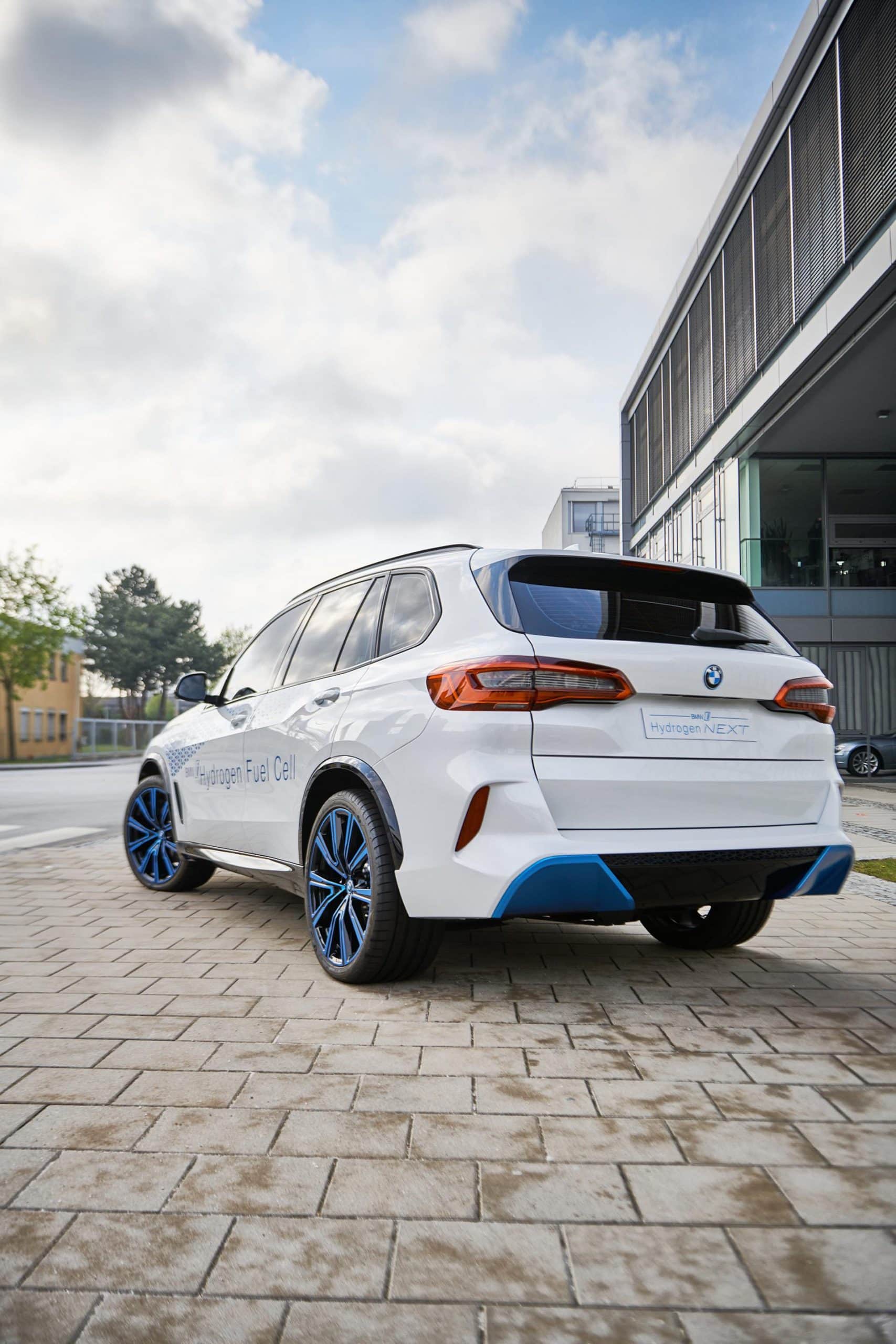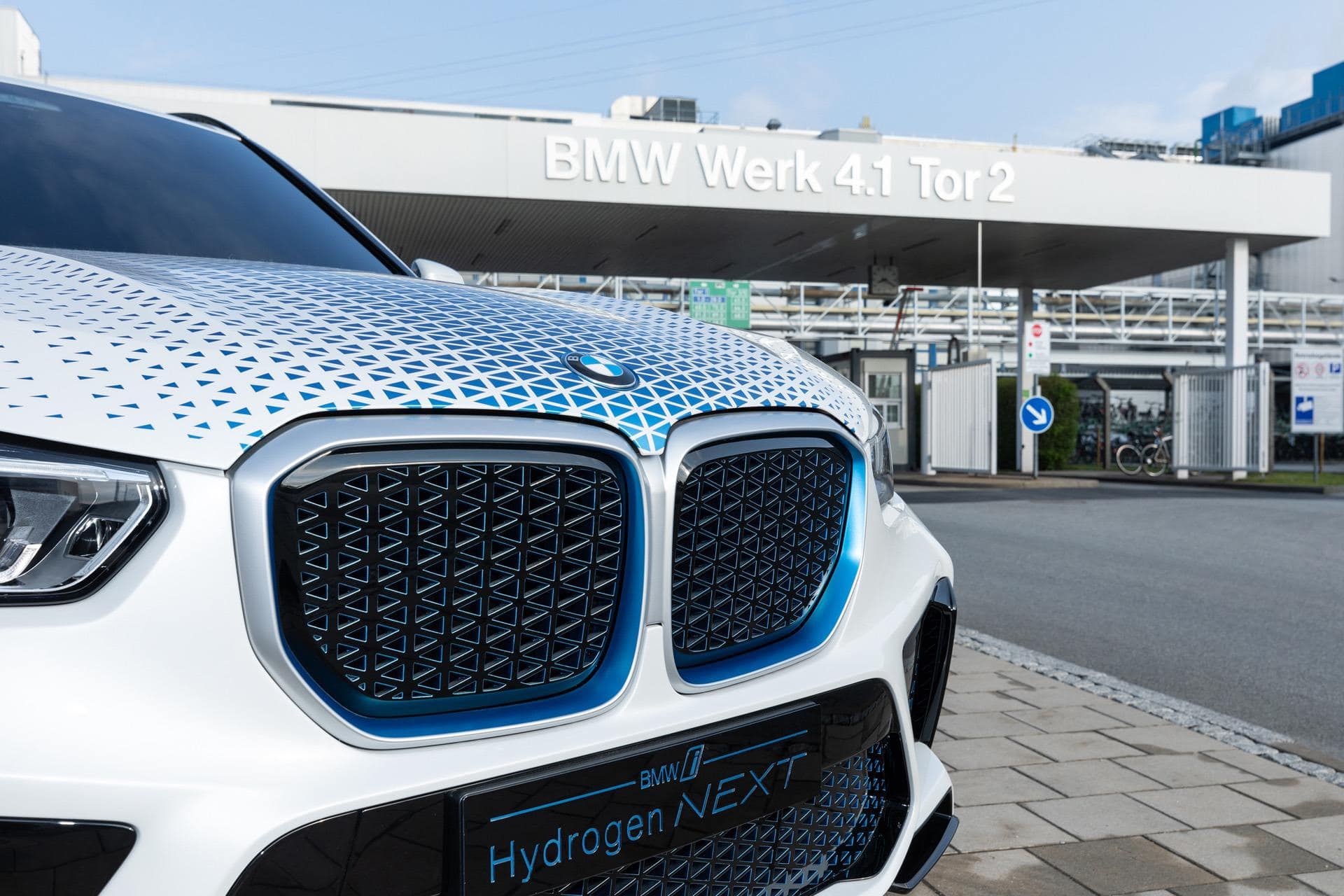Bavarian Economic Affairs Minister Hubert Aiwanger and BMW Group Board of Management Member Dr Andreas Wendt visited today the Lightweight Construction and Technology Centre (LuTZ) in Landshut. LuTZ plays an importat role in producing components for the hydrogen-electric drive train that will be installed in the BMW i Hydrogen NEXT from 2022.
Hydrogen is also not new to the Landshut location: Back in 2000, Plant Landshut fitted the technology flagship of the day, the BMW Hydrogen 7, with a hydrogen combustion engine and cast components shaped using sand cores.
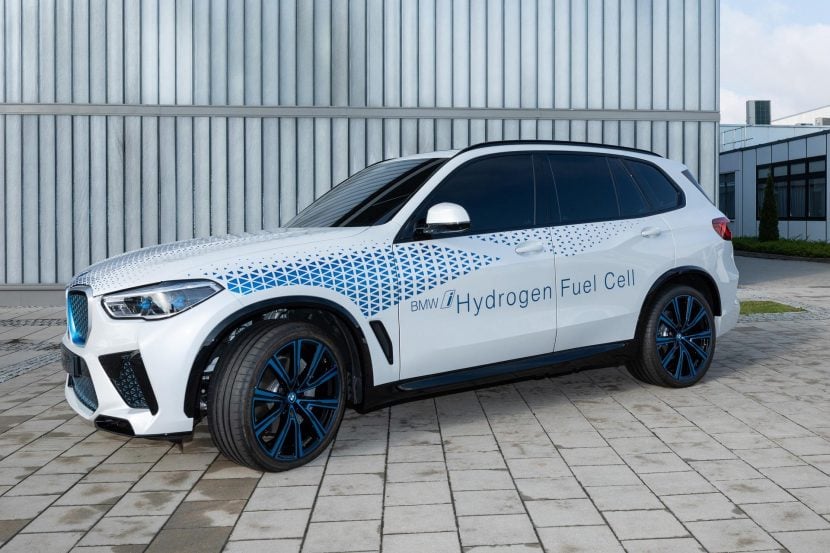
On this occasion, BMW has also unveiled more shots of the BMW i Hydrogen Next concept based on the X5 SAV. BMW will pilot a small series of the BMW i Hydrogen NEXT from 2022, based on the current BMW X5 and equipped with a hydrogen fuel cell e-drive that only emits water vapor.
The fuel cell system of the BMW i Hydrogen NEXT is continuously fed with hydrogen from CFRP tanks and generates up to 125 kW of electrical power for the electric motor mounted on the rear axle. The underlying mechanism for this is a chemical reaction between hydrogen and oxygen, with water the only reaction product. Two 700-bar tanks, which together hold six kilograms of hydrogen, guarantee extensive range in all weather conditions and can be refilled in just three to four minutes.
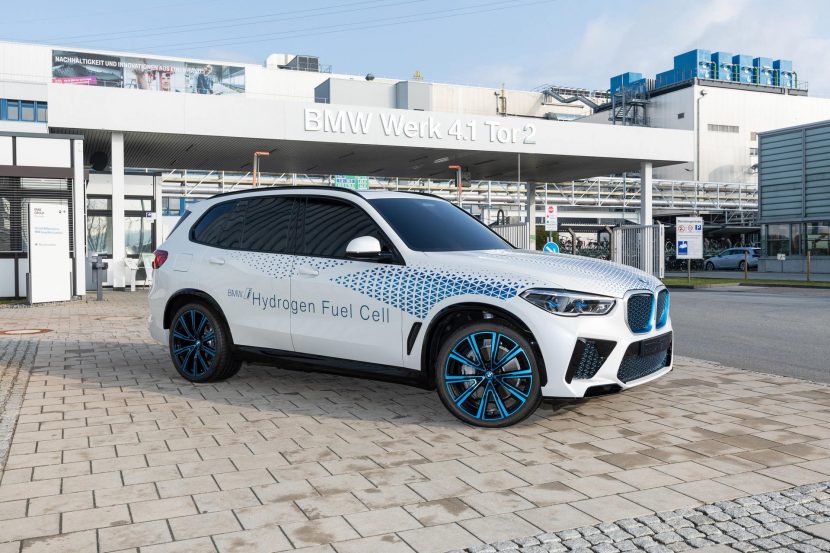
The electric motor in the BMW i Hydrogen NEXT is the same fifth-generation e-drive used for the first time in the BMW iX3. The high-voltage battery that sits above the e-drive serves as a performance buffer and provides additional dynamics for acceleration. The drive train system delivers a total output of 275 kW (374 hp).






